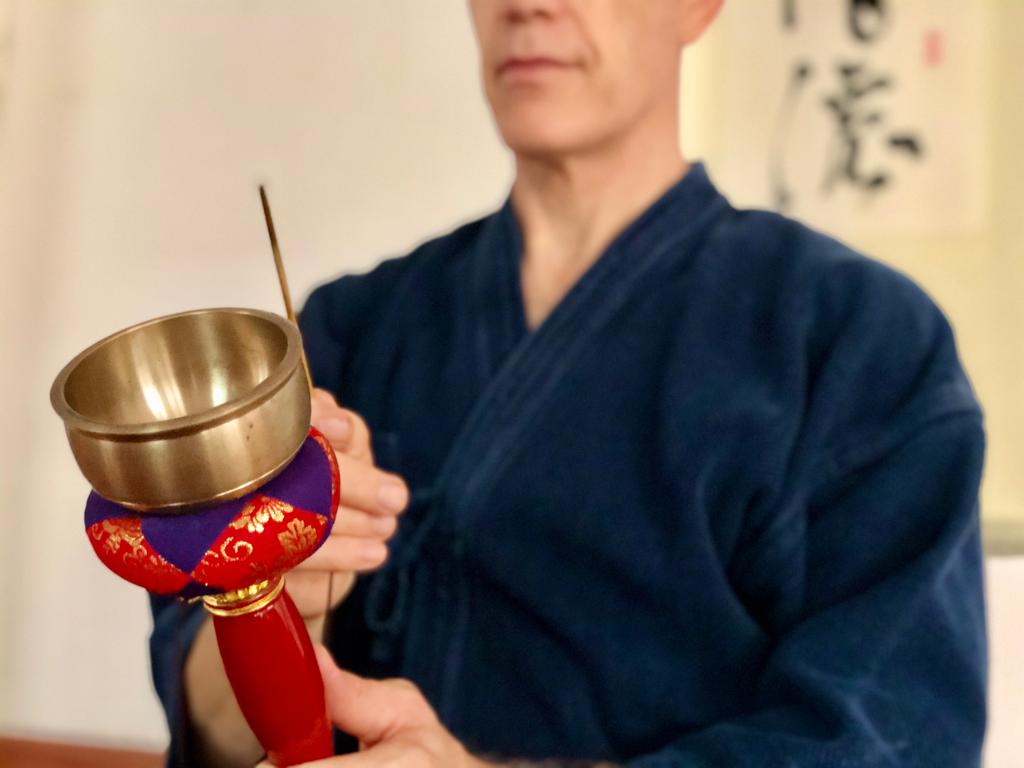Use your energy to resonate as a leader
“We are in constant relationship with the energies of our environment, from people, to processes, to the planet” (Dr Ginny Whitelaw – Forbes, July 2022)
Earlier in this blog series, we have explored how we can manage our energy for peak performance and the four energy types we can all learn to recognise and harness, for best outcome. Drawing on the knowledge from several fields, and bringing together leadership studies, science and ancient practice help us reflect on the way we lead – our lives; people; projects – in novel and insightful ways.
In this post, we’d like to focus our attention on the concept of resonance, and draw connections between energy, resonance and leadership. It’ll be difficult to argue that every leader would like to be able to act authentically in a way that resonates with others; and, at the same time be sufficiently ‘tuned in’ so that they can sense others’ emotions and intentions. Emotional intelligence, empathy and authentic leadership are all at play. It can also be described as resonant leadership. Let’s imagine a bell that can produce – and amplify – a beautiful and clear sound; however, the smallest crack will mean that resonance will not occur. For resonance to take place, “there has to be a match between the energy available to a system and its ability to use that energy” (Whitelaw, 2020).
The same scientific principle can be applied to our voice. The role of voice in leadership has been recognised for some time – many of today’s leaders work with vocal coaches to achieve greater influence. This goes way beyond presentation skills; establishments such as RADA use breathing and body work in their work with executive clients on ‘finding their voice’ and ‘becoming a richer version of themselves’. Practicing resonance can help us develop leadership that raises people up, amplifies energy and helps things grow. A clear sounding bell, not a cracked broken bell with dull sound.
Zen practice also offers us a solution to tune our bodies, like musical instruments, to move towards authenticity and create deeper resonance with the world around us.
 The Voice
The Voice
In early January, Andy spent a week in freezing weather conditions at the Chosei Zen International Dojo, Spring Green, Wisconsin. For several days, a group of Zen practitioners would head to the top meadow of a beautiful wintry woodland, where they would spend 45 minutes training by standing at arm’s length, shoulder to shoulder and letting rip: YAH!-AH-TOE! As Andy describes it, “the sound bounced around the tree line in the valley before heading back at us and providing the effect of having a crowd of folks yelling back at us from afar”. Over the week of training, this was only a tiny part of their inner work to create greater resonance in, and with their bodies.
The world is a noisy place for leaders to hang out, and often it is hard to be heard. In our urban environments, sound assaults us constantly, and it is only recently, in human evolution, that we are as polluted by unwelcome sounds as we are today. While we talk about air and water pollution, we talk little about sound pollution. Meanwhile, mass communication is increasing as technologies give us faster access to more information than ever.
How do we stand any chance of hearing our unique vibration in a world amongst the deafening roars of modern civilisation? Communication binds our culture together as the primary means for sharing information, values, relationships and behaviour. Through communication, we shape our future.
Being Heard: more sound or less?
Finding our voice can be challenging for many leaders. Remarkably, the rules seem to be different depending on gender. According to Veronica Rueckert, the author of the book “Outspoken“, women speak less than men in every setting studied when both are present, including the 900 most popular films between 2007 and 2016. When women get airtime, they’re up to three times more likely to be interrupted than men, even by other women. And when they speak up more than their peers, the perception of their competency decreases, whereas, for men, it goes up. So part of the challenge in finding our voices is not just speaking up or speaking more. It’s having a voice that resonates and matches the surrounding people and conditions. Once again, women face more of a challenge, as their voices generally vibrate at a higher frequency than men’s and become higher still when the body tightens the strings. High-pitched, slightly tense voices create high-pitched, slightly anxious reactions inside other people’s bodies, which converts into judgements like agitated, emotional or “hysterical.
Speaking at volume without being tense is a learnable skill, but it takes practice if you’re not used to it. And yes, relaxing the torso and sending sound down to bounce off the hara (lower abdomen) is an excellent way to explore what you have to release or relax to bring clarity and bigness to your sound. Just like with previous blogs, we offer you a simple exercise, which can help.
YAH!-AY!-TOE! EXERCISE
This martial art-inspired exercise allows you to blast through the tension with the sheer volume of sound. Practice in a wide open space – ideally out in nature, where your voice can vibrate into the far distance.
- Stand with your feet shoulder width, weight on big toes, knees soft, and eyes 180 degrees.
- YAH! Extend your left arm in front of your face, palm toward you. Step forward with your left foot as you make an overhead chop with your right hand, landing the blade of your right hand into your left palm. At the exact moment of contact, shout “YAH!” down into your lower abdomen (hara in Zen tradition).
- Step back your left foot to square with your shoulders.
- AY! Step your left foot forward for the second chop and, as it lands, shout “AY!” down to your lower abdomen (hara)
- Step back.
- TOE! Step forward for the third chop, timed with shouting “TOE!” down to your hara.
Continue in this sequence, feeling into what can relax or open to bring greater volume or clarity to the sound. You can also drop your left hand to chop air with your right hand, but keep your chop and shout timed together.
Blog Part 1 – What do Usain Bolt and Zen Leadership have in common?
Blog Part 2 – Which energy are you bringing to the table today?
About the authors: Andy Seizan Ryuji Robins lives in the UK and has served the Institute for Zen Leadership as the UK/European Director and the Director of IZL in Asia. Dr Maria Kukhareva is Head of People Development at the University of Bedfordshire, resilience expert and coach. Energy management training and resonance is part of the leadership and management development provision at the University of Bedfordshire. If you are interested in finding out more or possible collaborations please contact Andy and Maria via LinkedIn.
